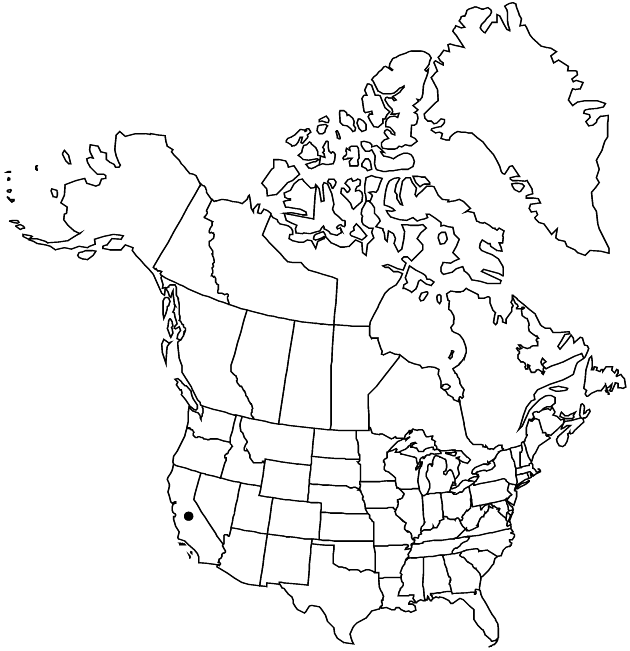Pyrrocoma racemosa var. pinetorum
Phytologia 71: 61. 1991.
Plants 20–60 cm. Stems villous. Leaves: basal blades lanceolate, 60–200 × 5–16 mm, not thin or succulent, margins entire or denticulate-spinulose, faces densely villous. Heads in spiciform or racemiform arrays (internodes long). Involucres campanulate to hemispheric, 10–15 × 12–15 mm. Phyllaries green, margins sometimes ciliate, apices erect, acute to obtuse, mucronate, faces densely villous. Cypsela faces sericeous.
Phenology: Flowering Jul–Sep.
Habitat: Mountain meadows, openings in conifer forests
Elevation: 600–1700 m
Discussion
Variety pinetorum is recognized by its strict habit, villous stems and phyllaries, and relatively large heads in open racemiform arrays. It is thought to be most closely related to var. congesta (D. D. Keck 1940).
Selected References
None.
Lower Taxa
No values specified."[" is not declared as a valid unit of measurement for this property."[" is not declared as a valid unit of measurement for this property.
